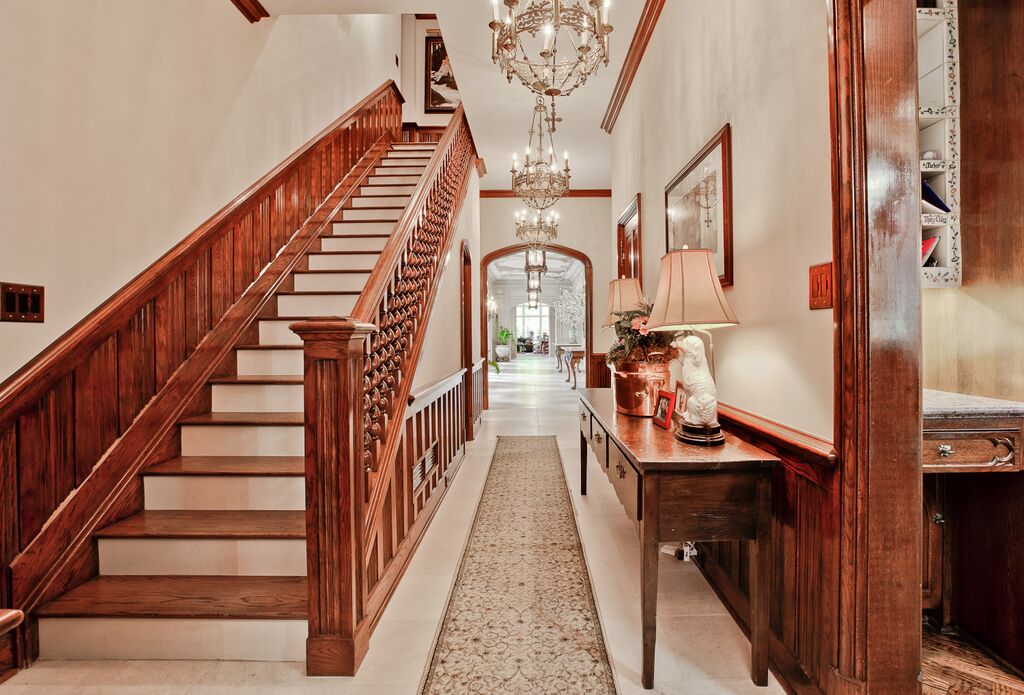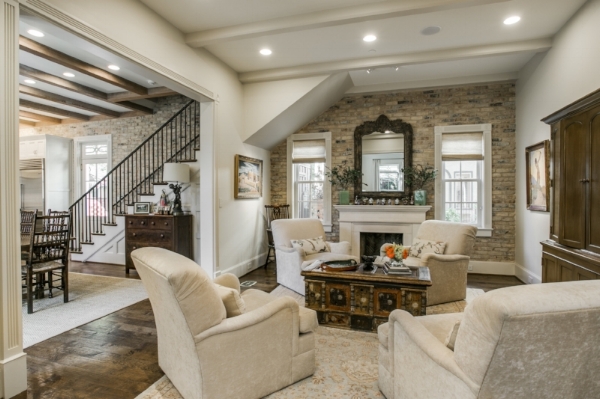How to Find the Right Builder for Your New Custom Home
/You’re finally ready to start construction on the custom home of your dreams. You’ve probably been dreaming about and saving for this project for years. So how do you choose a quality builder you can trust to do the job right? You need to carefully consider what type of home you want and use these guidelines.
- Define your needs. First, write down exactly what you’re looking for. Consider things like square footage, layout, special additions, and price range. Some builders specialize in specific configurations and styles and can ensure higher quality craftsmanship.
- Look at experience. Everyone has to start somewhere, of course, but builders with a proven past are less likely to make mistakes. Choosing a less experienced builder could potentially save you money, but you’ll also be taking a gamble.
- Get references. Talk to anyone you know who’s had experience with local builders, and see how his or her experience was. Many construction companies will also list past references and testimonials on their website so you can compare. If customers aren’t satisfied, make sure you find out why – a rough attitude might be an equal trade for a superior quality house.
- Verify licensing and insurance. Do some research about licensing requirements in your area to understand what certifications your builder needs. Double check that their licenses, permits, and insurance are all up to date before you make any decision.
- Ask about warranties. If a builder isn’t willing to stand by his or her work, it should be a red flag. Talk to the builder about quality guarantees and what the warranty fulfilling process is like. If he or she is indirect or wants to send you through a bunch of loopholes, it’s probably not a good sign.
- Check into previous build values. Ideally, homes from your builder will appreciate over time. Look at any listings or estimates for properties they’ve built and compare. If the value looks consistently low, it’s not good.
- Tour model homes or customer homes. Seeing is believing. If the builder has a model home, it’ll be easy to inspect the craftsmanship firsthand. If he or she doesn’t have a dedicated model, you may be able to talk to a previous customer for a walkthrough or find an open house. It’s important to view the handiwork before you decide. This step shouldn’t be skipped if at all possible.
Finding the right builder can feel like a wild goose chase for some people, but don’t despair. Tony McClung is a custom home builder in Dallas Texas that is here to help you bring your dreams to live, within your budget and timeline. With a proven track record, numerous references, certifications, awards and recognitions, you will be more than pleased with the home Tony McClung can design and build for you. Check out a sample of some of the beautiful homes designed and built by Tony McClung in Highland Park and the Park Cities, and give us a call at 214-668-7802 with any questions.











